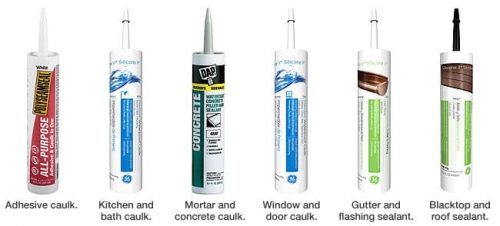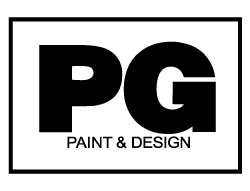One of the first and most common mistakes homeowners make with caulking is believing it is as easy and simple to just apply over the pre-existing caulk. This mistake could prove to be very aggravating when you find that the caulk does not adhere properly, does not provide the perfect seal, begins to dry up, crack or flake.
These tips will help you make that perfect interior or exterior seal around the home.

Why Does Caulking Fail
Caulk eventually fails to provide the proper seal around a shower or tub, around the exterior and interior of windows and doors and anywhere else you need to protect from water getting in. Some of the common reasons why it can fail are as follows:
Not prepping the surface first by removing old caulking, and properly priming the surface first to prepare it for any painting required.
Using a low quality or wrong type of caulk for the specific surface area.
Using the wrong type or a low-quality type of caulk can cause caulking failure. When using latex or vinyl caulk in a bathroom or around a kitchen sink would not be recommended. It is best to use a silicone based caulk in areas where water is not to enter.
Not applying enough of a bead of caulk. You don’t need to overkill it by layering on too much but enough to seal the gap properly.
Failing to properly apply caulking around areas such as the shower or bathtub can create major water damage to drywall and create havoc with mold issues, while leaving open gaps or spaces around windows and doors will leave your home prone to outside air entering, loss of heat or air conditioning creating energy loss and higher utility bills.
Caulking Success
To get the best seal with either interior or exterior caulking products we recommend you follow these tips:
- Select the appropriate caulk type for the job surface.
- Follow the directions and instructions on the caulking tube or ask any of the experts at one of your local hardware or big box stores, ask an expert at any Benjamin Moore Store or your local professional painters.
- Use good quality caulk for your home improvement project to help ensure you use the right one for wood, ceramic tile, concrete, glass, brick.
- Prepare your surface before applying any caulking by cleaning it, remove any old and pre-existing caulking, remove any old or peeling paint that has either cracked.
- Use a primer paint to assist the caulk and paint to better adhere and bond to the surface areas. Using a primer also helps provide an additional layer of protection to the seal.
Paint And Caulking
Caulking is a great sealant for around window and door frames and along trim and baseboards as it seals any gaps between the surfaces to be painted.
At PG Paint & Design – Ottawa Painters we ensure that all pre-existing caulking is in optimal condition or it is replaced before any interior painting or exterior painting.
For any other professional painter tips and advice feel free to scroll through some of our other house painting blog or contact us by phone or email to schedule your interior and exterior home painting project.
